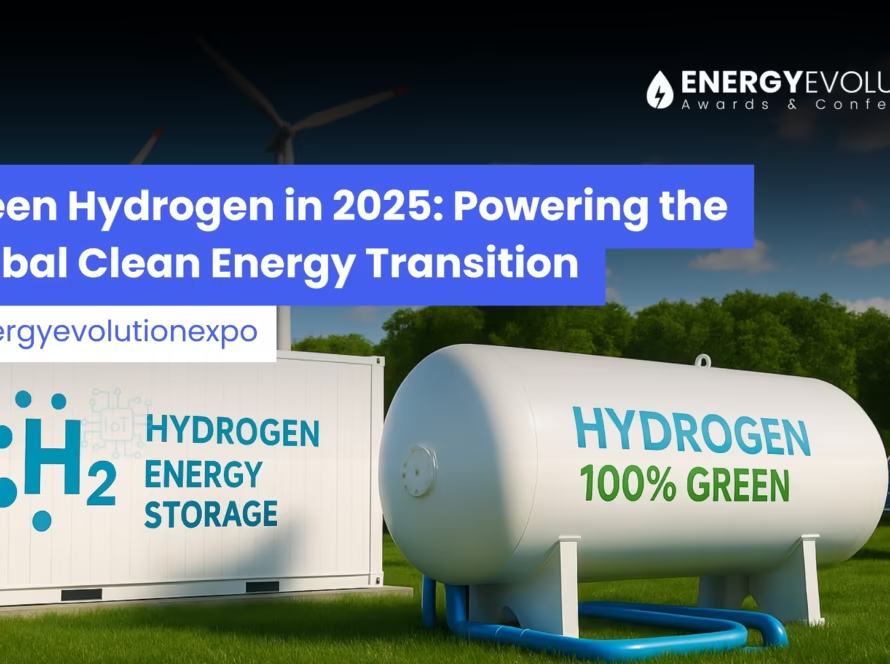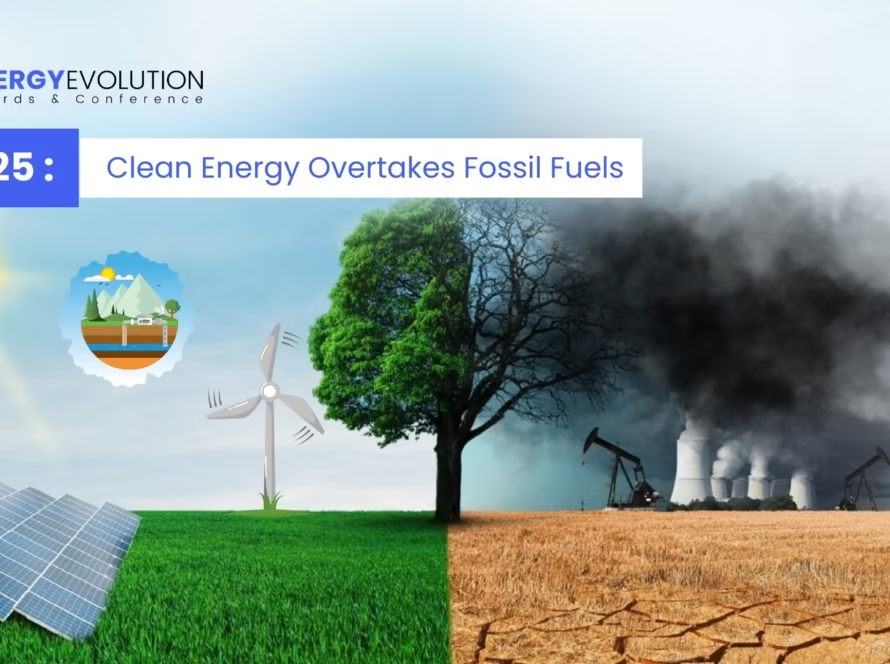Discover how Distributed Energy Resources, the Internet of Energy, and grid modernization are transforming the power sector.
The global energy ecosystem is evolving rapidly, moving away from centralized models toward a distributed, digital, and decarbonized future. Central to this transformation are Distributed Energy Resources (DERs), the Internet of Energy (IoE), and large-scale grid modernization initiatives. By working together, these elements enable energy systems that are cleaner, more resilient, consumer-centric, and better aligned with climate and sustainability goals.
Distributed Energy Resources (DER)
DERs are small-scale energy generation and storage units located close to consumers, such as rooftop solar panels, wind turbines, battery storage systems, and electric vehicles. Unlike traditional centralized power plants, DERs allow local energy production, reducing transmission losses and greenhouse gas emissions.
For instance, Dubai’s Mohammed bin Rashid Al Maktoum Solar Park integrates large-scale solar arrays with advanced battery storage, stabilizing renewable output and improving grid reliability. DERs also enable cost savings; studies show that integrating DERs with smart grid technology can reduce transmission losses by up to 10–15% while smoothing peak demand. By acting as energy buffers, DERs enhance overall grid stability and enable greater adoption of renewables.
Internet of Energy (IoE)
The Internet of Energy extends digital connectivity into the heart of the power sector. By leveraging IoT devices, smart meters, and sensors, the IoE creates an intelligent energy network that enables visibility, flexibility, and innovation.
Practical applications include dynamic load balancing, automated demand response, and decentralized energy trading. Consumers can actively participate in energy markets—for example, households with rooftop solar panels can sell excess electricity back to the grid during peak hours, earning revenue while supporting grid stability. Initiatives like DEWA’s smart grid projects in Dubai showcase how IoE enables real-time monitoring, predictive analytics, and adaptive energy management.
Grid Modernization
Grid modernization upgrades legacy infrastructure for distributed energy flows and climate resilience. With tools like smart microgrids, forecasting technologies, and advanced digital controls, modern grids can ensure efficient integration of renewables while improving resilience against outages.
In Abu Dhabi’s Masdar City, smart grid systems combined with DERs help maintain the city’s zero-carbon targets while demonstrating the practical benefits of grid modernization. Modern grids also support emerging sectors like e-mobility and green hydrogen by efficiently managing variable energy supply.
Global Impact
Together, DERs, IoE, and grid modernization accelerate the shift away from fossil fuels, cut emissions, lower costs, and enhance reliability. These innovations are central to the world’s clean energy transition, enabling sustainable urban development and climate-aligned growth.
Energy Evolution Award & Conference 2026
The Energy Evolution Award & Conference 2026 in Dubai will highlight global innovations in DER integration, IoE-enabled energy markets, and smart grid strategies. The event brings together experts, investors, and policymakers to honor outstanding clean energy projects, showcase the latest technologies, and cement Dubai’s position as a hub for energy transformation.
Conclusion
The integration of DERs, IoE, and grid modernization is driving smarter, more sustainable energy systems worldwide. Platforms like the Energy Evolution Award & Conference 2026 accelerate collaboration, strengthen innovation, and shape the future of clean energy in the Middle East and beyond.
Reference
Towards Integrating Distributed Energy Resources and Storage Devices in Smart Grid– National Library of Medicine




